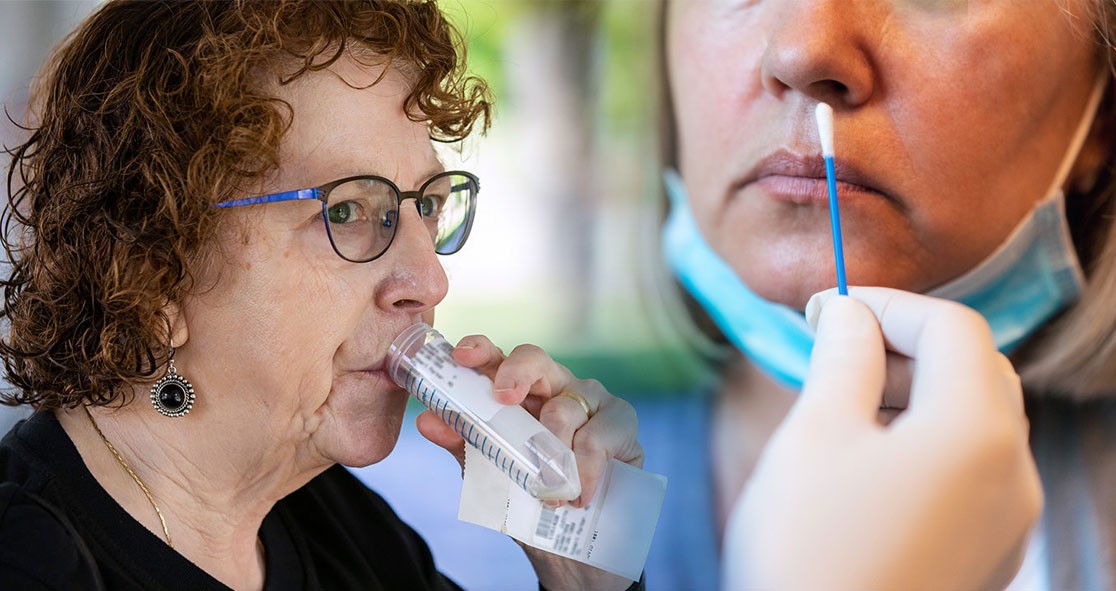Nasopharyngeal swab (NPS) sample collections for COVID-19 testing can pose some challenges, such as exposure risk to health workers and supply chain constraints. On the other hand, saliva samples are much easier to collect but can be tainted with blood or mucus.
Now, researchers from Augusta University have found that saliva showed higher sensitivity than NPS when it comes to COVID-19 diagnostic testing.
They found that an innovative protocol that processes saliva samples with a bead mill homogenizer before real-time PCR (RT-PCR) testing results in higher sensitivity compared to NPS samples, according to Medical Xpress.
The findings were published in The Journal of Molecular Diagnostics.
Lead investigator of the study Dr. Ravindra Kolhe said, “Saliva as a sample type for COVID-19 testing was a game-changer in our fight against the pandemic. It helped us with increased compliance from the population for testing along with decreased exposure risk to the healthcare workers during the collection process.”
Dr. Kolhe is a molecular and genetic pathologist at Augusta University, Georgia.
The researchers analyzed samples collected from a hospital, nursing home, and drive-through testing site. They conducted the study in two phases – the first phase called “Protocol U” and the second one called “SalivaAll.”
In phase 1, 240 matched NPS and saliva sample pairs were tested for COVID-19 RNA by RT-PCR. In phase 2, 189 matched pairs, including 85 that had been previously evaluated with Protocol U, were processed in an Omni bead mill homogenizer before RT-PCR testing,” according to Medical Xpress.
The team also conducted another study with samples with both Protocol U and SalivaAll to see whether bead homogenization would affect the clinical sensitivity in NPS samples.
In phase 1, more than 28% of samples tested positive for the virus from either NPS, saliva, or both, with a lower detection rate in saliva compared to NPS.
In phase 2, over 50% of samples tested positive for COVID from either saliva, NPS, or both, with a higher detection rate in saliva compared to NPS.
Of the 85 saliva samples tested with both protocols, the detection rate was 100 percent for samples tested with SalivaAll and 36.7 percent with Protocol U, per the news outlet.
Dr. Kolhe said, “Monitoring SARS-CoV-2 will remain a public health need.”
“The use of a non-invasive collection method and easily accessible sample such as saliva will enhance screening and surveillance activities and bypass the need for sterile swabs, expensive transport media, and exposure risk, and even the need for skilled healthcare workers for sample collection,” he added.
The article was published on Medical Xpress.























